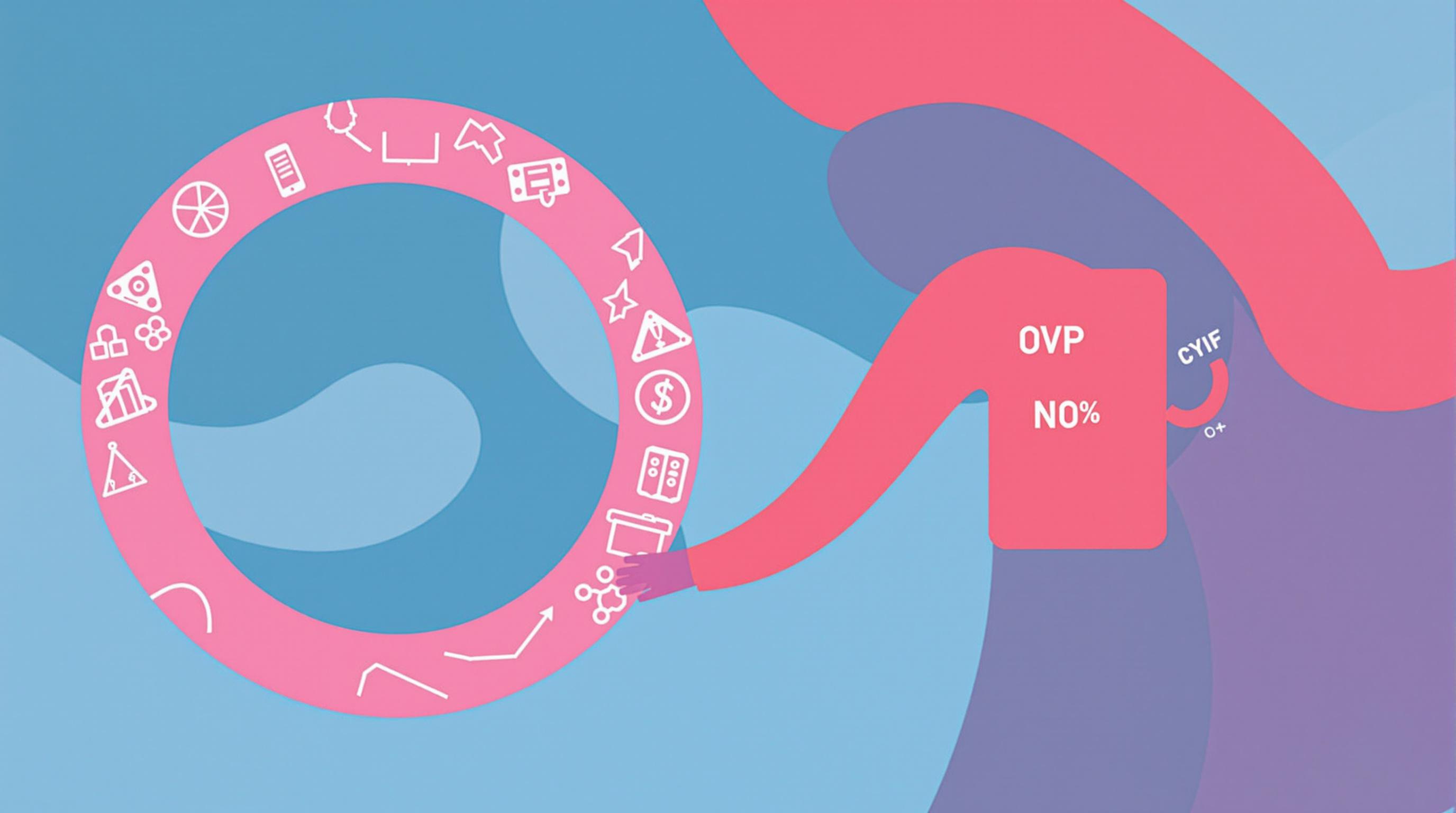Related Articles
- 7 Unexpected Accelerated Riders Insurance Plans That Shatter Traditional Coverage Norms and Boost Rider Confidence
- 7 Unexpected Guaranteed Issue Insurance Plans from the Last 5 Years That Outsmart Traditional Coverage Options
- The Psychological Impact of Payment Cycles on Policyholder Behavior and Risk Perception
- 7 Must-Know New Insurance Settlement Tools from the Last 5 Years Rated for Fast Payout and Flexibility
- Navigating the Unexpected: How Climate Change is Quietly Reshaping Fiscal Policies in Risk Management Sectors
- 7 Game-Changing High-Risk Insurance Plans Released Since 2019 That Professionals Swear By
The Psychological Impact of Payment Cycles on Policyholder Behavior and Risk Perception
The Psychological Impact of Payment Cycles on Policyholder Behavior and Risk Perception
Payment cycles deeply influence how policyholders perceive risk and shape their behavior toward insurance products. This article explores various psychological responses tied to payment timing, drawing on empirical studies and real-world examples to uncover nuanced effects on decision-making.
The Dance of Dollars: How Timing Influences Perception
Imagine you’re paying your insurance premium monthly. That small, consistent outflow feels manageable, right? Yet, switch that to an annual lump sum, and suddenly the cost seems far more daunting, even if the total amount is the same. This phenomenon isn’t just about math — it’s psychology playing tricks on your mind. Consumers exhibit something called “frequency illusion”, where more frequent payments feel less painful, though they might add up to more over time.
Case Study: Monthly vs. Annual Payments in Auto Insurance
A 2022 survey by the Insurance Information Institute found that policyholders paying monthly were 15% more likely to lapse on their insurance than those paying annually, despite the perception that smaller payments should ease burden. The reason? Monthly payments keep the cost salient in a consumer’s mind, potentially leading to greater awareness of the expenditure and thus increased chances of payment fatigue.
Behavioral Economics Meets Insurance
Consumers don’t always act like rational agents weighing cost-benefit objectively. Hyperbolic discounting means people disproportionately prefer smaller, immediate rewards—or costs—over larger, delayed ones. When it comes to insurance premiums, this can lead to undervaluing the importance of coverage if payments feel inconvenient or unexpectedly large.
From the Desk of an Elderly Economist: A Personal Reflection
At 66, having watched markets and consumer habits for decades, I find it fascinating how something as simple as “when you pay” can change how people perceive risk. Younger policyholders might see monthly payments as a convenience, but older clients often prefer annual ones to avoid constant reminders of expense in their day-to-day finances.
Psychological Toll of Payment Reminders
Every payment due date acts like a mini-stressor, periodically triggering anxiety or concern over finances—which can, paradoxically, make people more cautious, or, in some cases, more likely to disengage emotionally from their policies. This fluctuating mindset impacts overall risk perception and can modify how one approaches insurance claims and renewals.
Insurance Companies’ Strategy
Insurers capitalize on this by offering varied payment schedules, aiming to match consumer preferences and improve policy retention. Some companies have introduced quarterly payments or even flexible schedules, attempting to strike a balance between affordability and psychological comfort.
Humor Break: The Monthly Premium Blues
Ever felt like your insurance bill is the monthly guest who overstays their welcome and never brings snacks? Payment cycles are like moody roommates—sometimes they’re manageable, sometimes they cause you to hide your wallet under the mattress.
Data Speaks: Statistical Insights on Risk Perception
Research from the Journal of Risk and Insurance (2021) highlights that policyholders paying annually have a 22% higher retention rate, and also report greater satisfaction with perceived coverage adequacy. This suggests the larger, less frequent payments might make the insurance feel “bigger” and more meaningful, reinforcing the value perception.
Conversational Interlude: What Does This Mean for You?
If you’re a teen or senior, this has practical effects. Teens, often with more erratic finances, may benefit from monthly payments to ease budgeting. Seniors, managing fixed incomes, might prefer annual payments to reduce recurring stress eruptions. Either way, understanding your own psychological response to payment frequency helps you make smarter insurance choices.
Exploring Loss Aversion and Payment Cycles
Loss aversion, a core tenet of behavioral economics, means people feel the pain of losses more acutely than the pleasure of gains. Monthly payments can sometimes cause “loss fatigue,” repeatedly activating this pain and dulling attention to policy benefits. Annual payments, by contrast, pack the “loss” into one event, which is easier to mentally compartmentalize.
Storytelling: Maria’s Decision Dilemma
Maria, a 35-year-old mother of two, struggled choosing payment options for her family’s health insurance. Monthly payments seemed easier to handle alongside groceries and tuition fees, but she felt nagged every time a payment notification popped up on her phone. Switching to annual payments initially stretched her budget but ultimately reduced her stress and enhanced her feeling of security, proving that psychological comfort matters as much as cash flow.
Practical Implications for Policy Design
Insurance firms must consider these psychological findings to refine product offerings. Designing plans that align with client behavior patterns reduces lapses and improves risk pool stability. Customizable payment schedules and clear communication can mitigate negative psychological impacts, fostering long-term engagement.
Final Thoughts: The Invisible Hand of Payment Timing
Beyond dollars and cents, payment cycles wield a subtle authority over consumer minds. Recognizing this can empower both policyholders and insurers. In essence, when you pay may matter as much as how much you pay.


